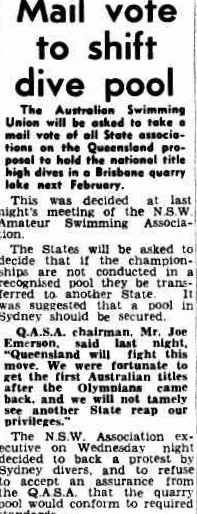43,45 and 47 Tribune Street, South Brisbane, now gone.
Walk through a twenty hectare area in in any major city in the world and you’ll likely find some nod or trace to the history of cities built environments, take a walk around South Brisbane and there is nothing that even hints at that sense of history. In recent weeks the last three residential homes north of Vulture Street at South Brisbane were removed completing what has been a thirty year vision to turn one of Brisbane’s most historical suburbs into a contrived parkland sitting on a 20 hectare slab of concrete. Whilst these houses were not the most elaborate of homes they were certainly fine examples of a streetscape that is quickly vanishing in the city of Brisbane.
43, 45 and 47 Tribune Street (left) Collins Place (right) circa 1987
43, 45, and 47 Tribune Street circa 2016
You can now walk the equivalent of four city blocks long and three wide without seeing a single piece of architecture that has been preserved and considerably managed. Collins Place is still with us, albeit raised from its original street presence atop a 4 metre concrete box and re birthed as bar with all the aesthetic quality of an AirBnB overnighter. In place of the houses in Tribune Street we are to get another student accommodation block, a knock em up prefabricated box made to look interesting because its painted lime green of fluorescent pink.
How does a city just forget about its historical buildings? Was it the fate of the Bellevue Hotel, Cloud Land, Her Majesty’s Theatre. Did the destruction of these three Brisbane landmarks set the bar high, and so scarred the psyche of Brisbane’s populous it has produced a decades long, collective acceptance that if those three buildings couldn’t survive nothing ever will.
The Bellevue Hotel, George Street, Brisbane.
Her Majesty's Theatre, Queen Street, Brisbane.
Cloud Land, Bowen Hills, Brisbane.
Sources: Black and White images, John Oxley Library, State Library of Queensland.









































